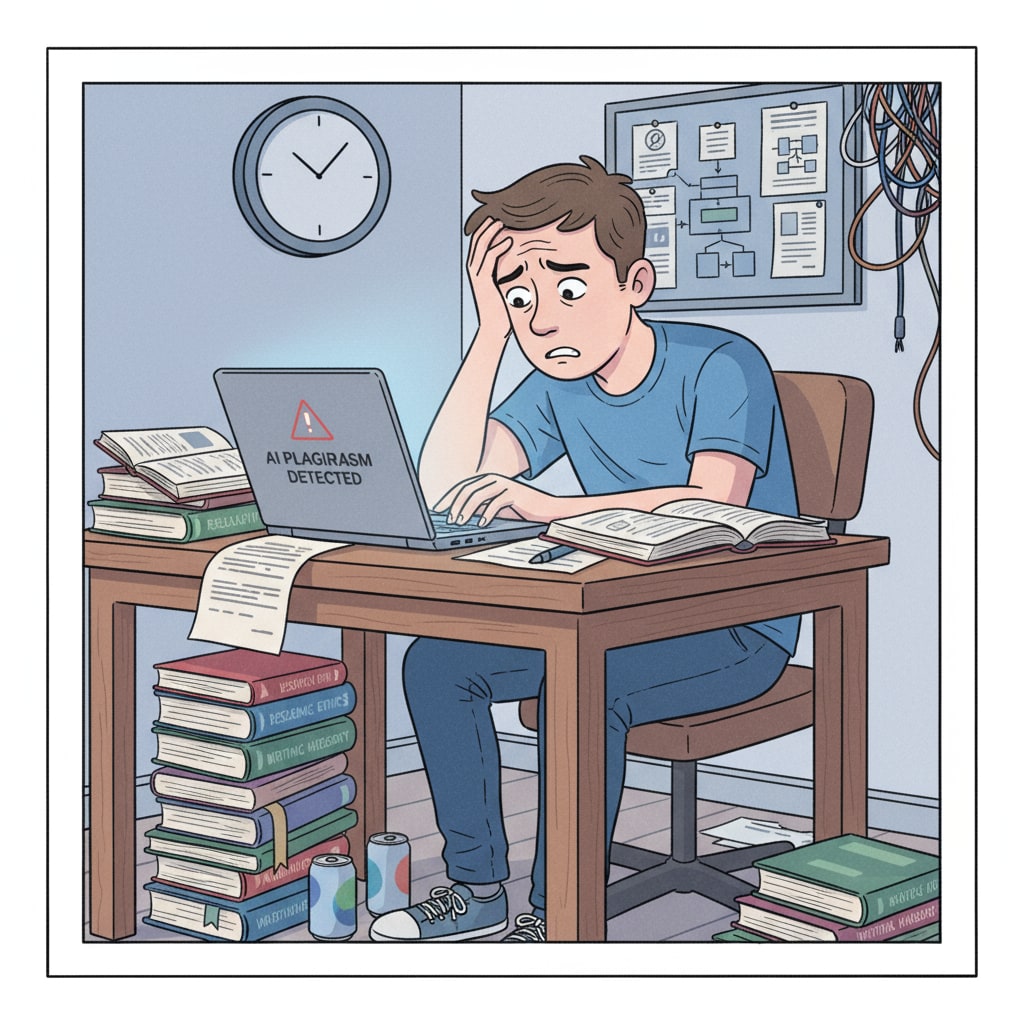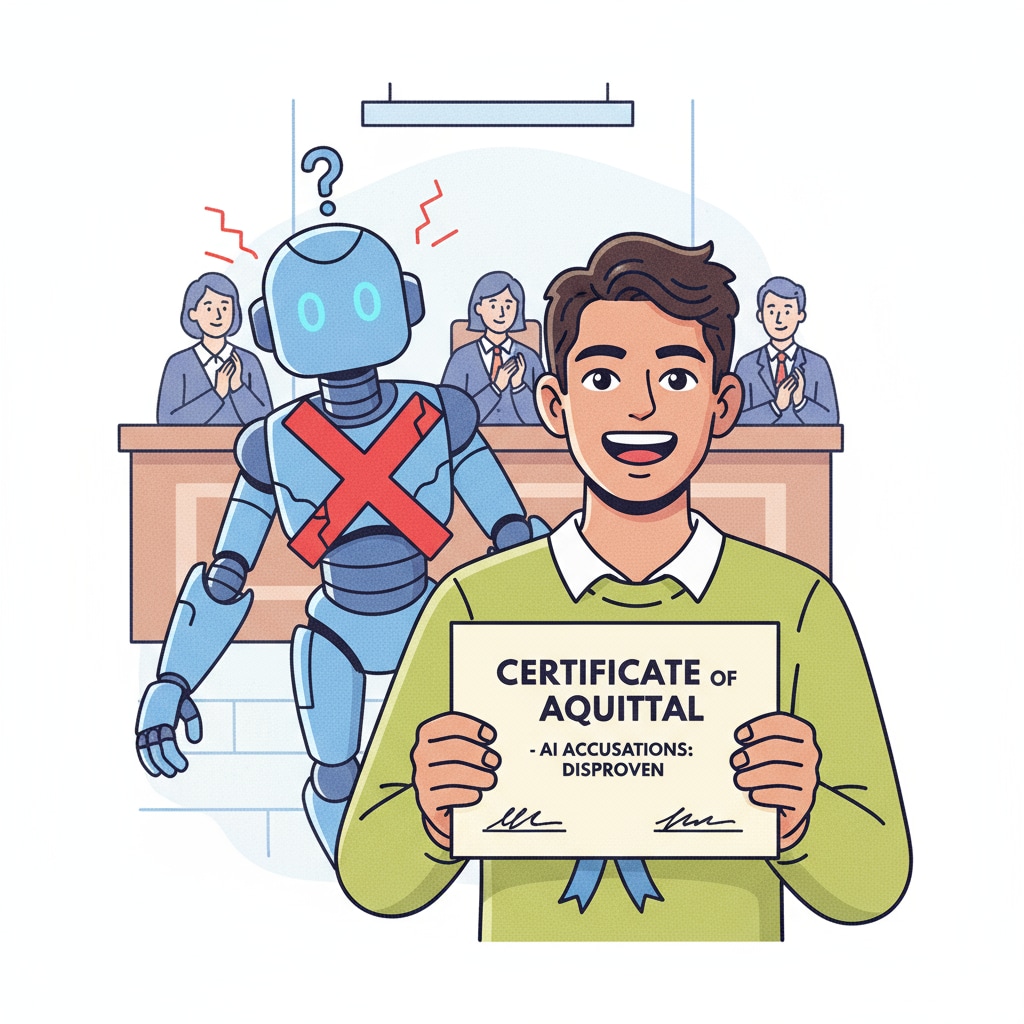In the digital age, the issue of AI accusations, papers, and academic integrity has become a pressing concern for students. As AI technology continues to evolve, it has become easier for institutions to mistake a student’s genuine work for AI-generated content. A 17-year-old student recently found themselves in such a predicament. Let’s explore how students can navigate these challenging waters.

The Rising Threat of AI False Accusations
The use of AI in academic writing has raised red flags across educational institutions. However, the algorithms designed to detect AI usage are not always accurate. For example, some students with unique writing styles or those who have conducted extensive research may be wrongly flagged. This misidentification can have serious consequences for students, including damaged reputations and academic penalties. According to Inside Higher Ed, many institutions are grappling with the reliability of AI detection tools.
Case Study: A Student’s Triumph Over False Accusations
Take the case of the aforementioned 17-year-old student. Their paper was initially marked as potentially AI-written. However, the student had put in hours of hard work, conducting in-depth research and crafting the content independently. To prove their innocence, the student provided evidence such as research notes, early drafts, and outlines. They also presented their thought process behind certain arguments in the paper. This detailed evidence convinced the academic authorities that the work was indeed original. As a result, the student’s academic integrity was restored. This case shows that with proper documentation and a clear presentation of one’s work process, students can successfully defend themselves against false AI accusations.

Preventing AI Accusations in the First Place
To avoid being wrongly accused of using AI, students should adopt good academic practices. Firstly, maintain a consistent writing style throughout the paper. This can be achieved by writing regularly and honing one’s unique voice. Secondly, document every step of the research and writing process. Keep records of sources, brainstorming sessions, and revisions. Additionally, engage in discussions with professors or peers about the paper’s topic. This not only helps in developing the argument but also leaves a trail of evidence that the work is your own. According to Chegg’s guide on academic papers, these practices are essential for maintaining academic integrity.
Responding to an AI Accusation
If a student is faced with an AI accusation, it’s crucial to remain calm. First, carefully review the accusation and the evidence provided by the institution. Then, gather all relevant documentation that proves the originality of the work. This may include research materials, rough drafts, and any communication related to the paper. Present this evidence in a clear and organized manner to the academic authorities. Be prepared to explain your thought process and the effort you put into the paper. Remember, the goal is to convince them that your work is a result of your own intellectual efforts.
Readability guidance: Use short paragraphs to summarize key points. Provide lists under each H2 to make information more accessible. Control the proportion of passive voice and long sentences. Incorporate transition words like ‘however’, ‘therefore’, ‘in addition’, ‘for example’, and ‘as a result’ throughout the text.


